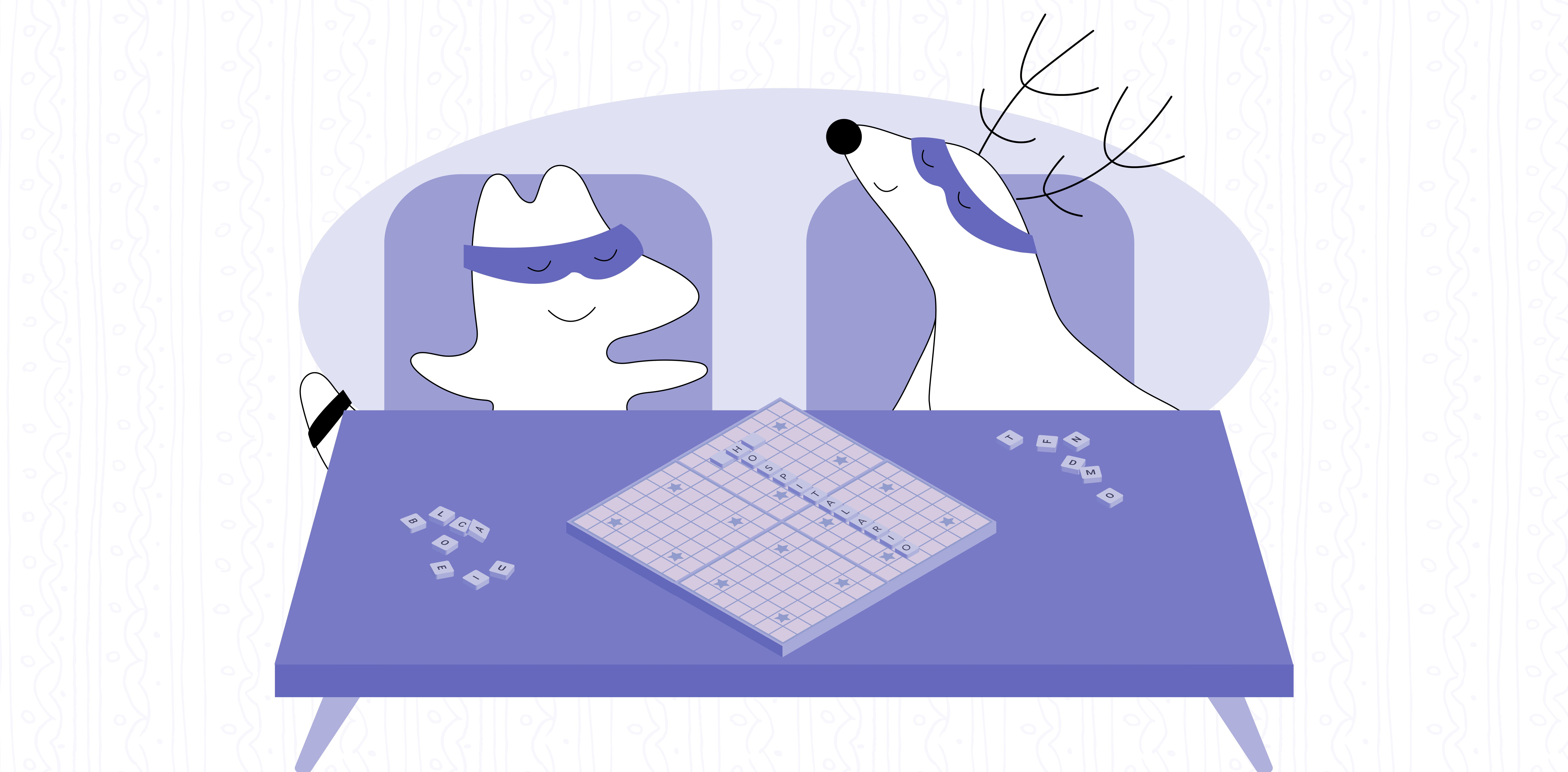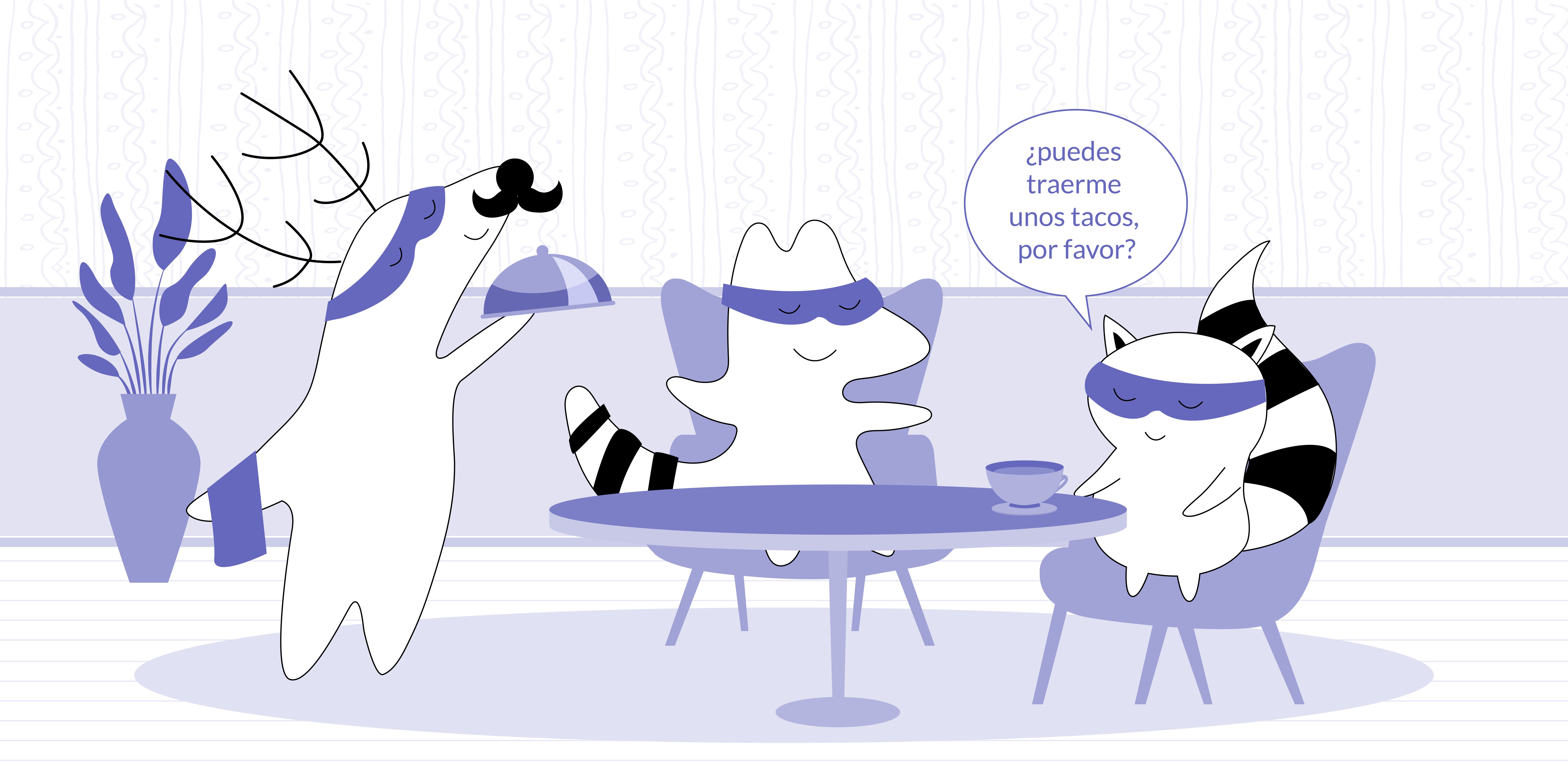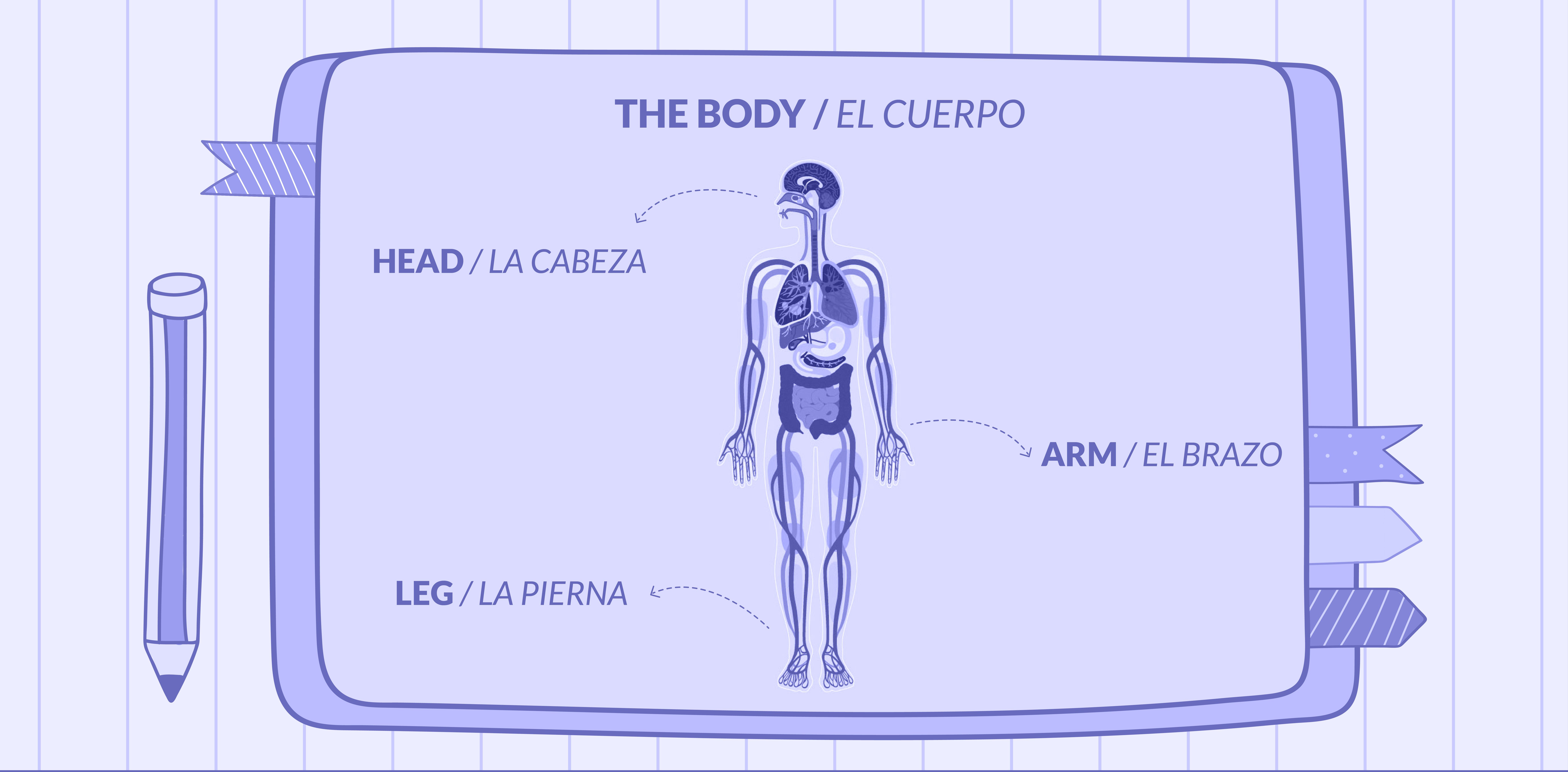
Learning a new language is like piecing together a vast puzzle, where every word and every phrase is a piece that brings you closer to fluency. One of the most critical aspects of learning any language is getting familiar with the vocabulary. And, when it comes to Spanish vocabulary, knowing how to name different body parts in Spanish is essential.
Imagine you're in a Spanish-speaking country, and you need to visit a doctor. Or, maybe you're at a gym and want to discuss your workout routine with a Spanish-speaking trainer. In these scenarios, not knowing the right words to describe all the body parts in Spanish can lead to confusion and misunderstandings.
This article will help you solve this problem by providing a comprehensive list of body parts in Spanish. We will not only present you with the names of body parts but also provide examples of their usage in sentences. This way, you won't just memorize the words — you'll learn how to use them in real-life situations.
So, let's get started on this exciting journey of expanding your Spanish vocabulary!
Learn Spanish with Langster
Head and Face Vocabulary in Spanish
From facial features to emotional expressions, the head and face are central to how we connect and convey our thoughts. In this section, we're going to focus on Spanish terms related to the head and face. We'll cover common words, provide their English translations, and show you how to use them in sentences.
This practical approach will help you understand and remember these terms more effectively. Let's dive in!
| Spanish word | English Equivalent | Example | Translation |
|---|---|---|---|
| la cabeza | the head | Tengo dolor de cabeza. | I have a headache. |
| el cerebro | the brain | El cerebro es el órgano más complejo del cuerpo humano. | The brain is the most complex organ in the human body. |
| el oído | the ear | Tengo las orejas pequeñas y redondas. | I have small and round ears. |
| la cara | the face | La cara es pequeña. | The face is small. |
| el pelo | hair | Su pelo es negro. | Her hair is black. |
| Spanish word | English Equivalent | Example | Translation |
|---|---|---|---|
| la cabeza | the head | Tengo dolor de cabeza. | I have a headache. |
| el cerebro | the brain | El cerebro es el órgano más complejo del cuerpo humano. | The brain is the most complex organ in the human body. |
| el oído | the ear | Tengo las orejas pequeñas y redondas. | I have small and round ears. |
| la cara | the face | La cara es pequeña. | The face is small. |
| el pelo | hair | Su pelo es negro. | Her hair is black. |
Parts in Your Face
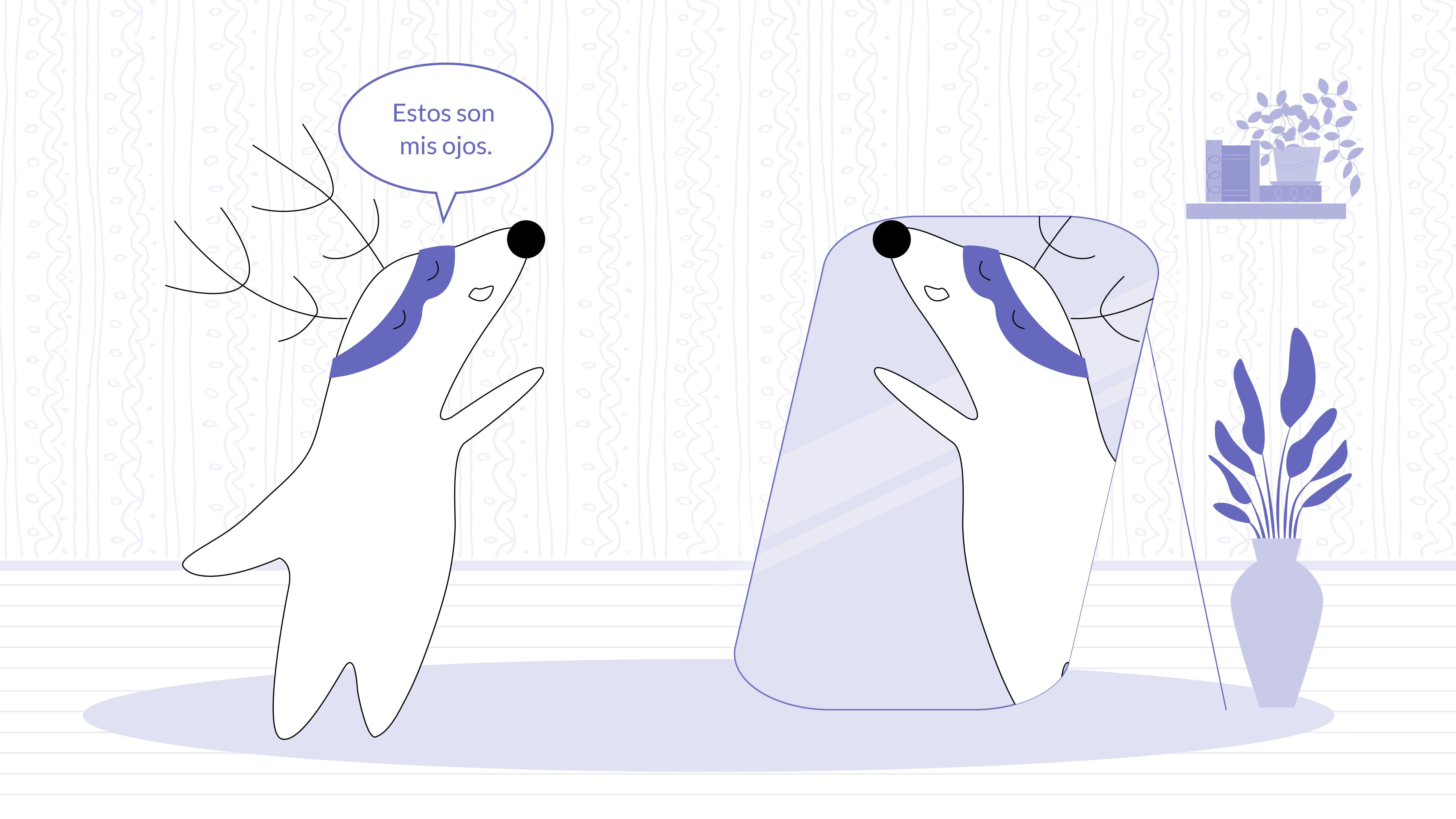
Let's have a look at different parts of your face, specifically:
| Spanish word | English Equivalent | Example | Translation |
|---|---|---|---|
| los ojos | the eyes | Mis ojos son marrones. | My eyes are brown. |
| la boca | the mouth | Ella tiene una boca grande. | She has a big mouth |
| los dientes | the teeth | Es importante cepillarse los dientes todos los días. | It's important to brush your teeth every day. |
| los labios | the lips | Tienes unos labios bonitos. | You have beautiful lips. |
| las cejas | the eyebrows | Tus cejas son muy espesas. | Your eyebrows are very thick. |
| las pestañas | the eyelashes | Ella tiene las pestañas largas y rizadas. | She has long and curly eyelashes. |
| la nariz | the nose | Mi nariz es pequeña y respingona. | My nose is small and upturned. |
| los mofletes | the cheeks | Sus mofletes se ponen rojos cuando hace frío. | His cheeks turn red when it's cold. |
| la barbilla | the chin | Ella tiene una barbilla puntiaguda. | She has a pointed chin. |
| Spanish word | English Equivalent | Example | Translation |
|---|---|---|---|
| los ojos | the eyes | Mis ojos son marrones. | My eyes are brown. |
| la boca | the mouth | Ella tiene una boca grande. | She has a big mouth |
| los dientes | the teeth | Es importante cepillarse los dientes todos los días. | It's important to brush your teeth every day. |
| los labios | the lips | Tienes unos labios bonitos. | You have beautiful lips. |
| las cejas | the eyebrows | Tus cejas son muy espesas. | Your eyebrows are very thick. |
| las pestañas | the eyelashes | Ella tiene las pestañas largas y rizadas. | She has long and curly eyelashes. |
| la nariz | the nose | Mi nariz es pequeña y respingona. | My nose is small and upturned. |
| los mofletes | the cheeks | Sus mofletes se ponen rojos cuando hace frío. | His cheeks turn red when it's cold. |
| la barbilla | the chin | Ella tiene una barbilla puntiaguda. | She has a pointed chin. |
By incorporating these words into full sentences, you can practice context-based learning, which is often more effective than rote memorization.
Upper Body Parts in Spanish
Here, we'll dissect the terminology associated with the upper half of the human body, covering everything from shoulders to chest to arms.
Whether you're gearing up to enhance your conversational skills, planning a trip to a Spanish-speaking region, or simply curious about language diversity, join us as we explore the practical aspects of communication related to the upper body.
| Spanish word | English Equivalent | Example | Translation |
|---|---|---|---|
| el cuello | the neck | Me duele el cuello después de trabajar todo el día. | My neck hurts after working all day. |
| los hombros | the shoulders | Ella tiene los hombros anchos. | She has broad shoulders. |
| el pecho | the chest | Tengo dolor en el pecho. | I have chest pain. |
| Spanish word | English Equivalent | Example | Translation |
|---|---|---|---|
| el cuello | the neck | Me duele el cuello después de trabajar todo el día. | My neck hurts after working all day. |
| los hombros | the shoulders | Ella tiene los hombros anchos. | She has broad shoulders. |
| el pecho | the chest | Tengo dolor en el pecho. | I have chest pain. |
Your Extremities

This is vocabulary related to your upper extremities:
| Spanish word | English Equivalent | Example | Translation |
|---|---|---|---|
| el brazo | the arm | Él tiene un brazo fuerte. | He has strong a strong arm. |
| la mano | the hand | Tengo las manos frías. | My hands are cold |
| las uñas | the nails | Me gusta pintarme las uñas. | I like to paint my nails. |
| el antebrazo | the forearm | Tiene un tatuaje en el antebrazo. | He has a tattoo on his forearm. |
| el codo | the elbow | Se lastimó el codo jugando al tenis. | She hurt her elbow playing tennis. |
| la muñeca | the wrist | Él lleva un reloj en la muñeca. | He wears a watch on his wrist. |
| la espalda | the back | Ella tiene una espalda fuerte y recta. | She has a strong, straight back. |
| Spanish word | English Equivalent | Example | Translation |
|---|---|---|---|
| el brazo | the arm | Él tiene un brazo fuerte. | He has strong a strong arm. |
| la mano | the hand | Tengo las manos frías. | My hands are cold |
| las uñas | the nails | Me gusta pintarme las uñas. | I like to paint my nails. |
| el antebrazo | the forearm | Tiene un tatuaje en el antebrazo. | He has a tattoo on his forearm. |
| el codo | the elbow | Se lastimó el codo jugando al tenis. | She hurt her elbow playing tennis. |
| la muñeca | the wrist | Él lleva un reloj en la muñeca. | He wears a watch on his wrist. |
| la espalda | the back | Ella tiene una espalda fuerte y recta. | She has a strong, straight back. |
Lower Body in Spanish
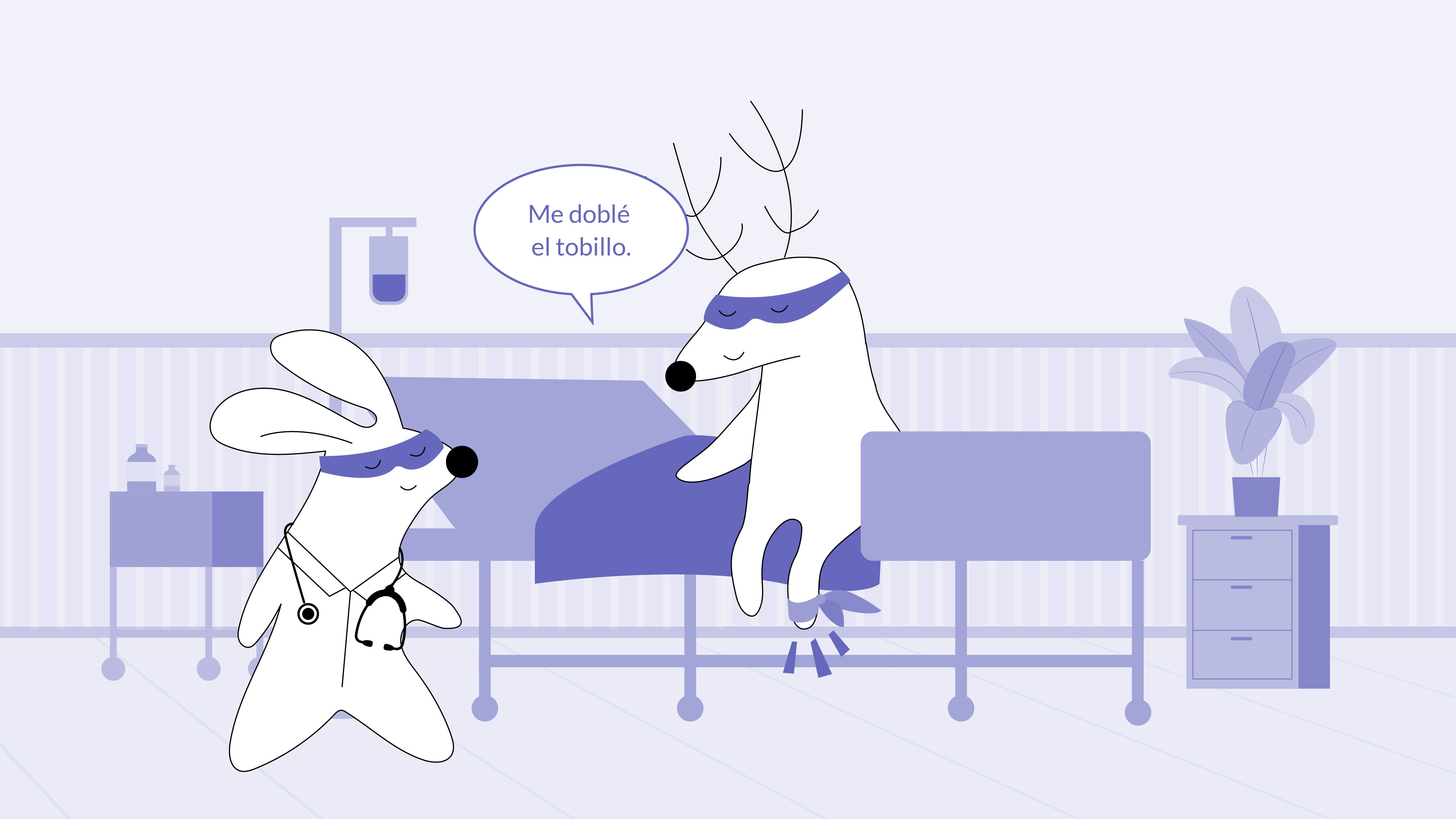
Understanding vocabulary related to the lower body parts in Spanish is essential for various practical and cultural reasons.
Firstly, it enables effective communication in everyday scenarios, such as describing discomfort or injuries, discussing exercise routines, or seeking assistance in a medical context. This knowledge proves invaluable in navigating conversations with healthcare professionals, fitness instructors, or even during casual interactions.
Additionally, when traveling or residing in Spanish-speaking regions, knowing lower body terminology is essential for practical purposes like shopping for clothing, describing physical sensations, or participating in local activities. It enhances the overall language experience by providing tools to express oneself accurately in various situations.
In this segment, we'll unravel the vocabulary associated with the lower half of the human body, covering essential terms from hips to toes.
| Spanish word | English Equivalent | Example | Translation |
|---|---|---|---|
| la cintura | the waist | Ella tiene una cintura pequeña. | She has a small waist. |
| las caderas | the hips | Él tiene las caderas anchas. | He has broad hips. |
| las nalgas | buttocks | Le pusieron una inyección en la nalga. | He was given an injection in his buttock. |
| la pierna | the leg | Ella tiene las piernas largas. | She has long legs. |
| los pies | the feet | Es importante usar zapatos cómodos para tus pies. | It's important to wear comfortable shoes for your feet. |
| el dedo del pie | the toes | Tengo los dedos del pie fríos. | My toes are cold. |
| la rodilla | the knee | El jugador de baloncesto se lesionó la rodilla. | The basketball player injured his knee. |
| el tobillo | the ankle | Se torció el tobillo al correr. | He twisted his ankle while running. |
| el talón | the heel | Ella lleva zapatos con un talón alto. | She wears shoes with a high heel. |
| la planta del pie | the sole of the foot | Siento una piedra en la planta del pie. | I feel a stone in the sole of my foot. |
| Spanish word | English Equivalent | Example | Translation |
|---|---|---|---|
| la cintura | the waist | Ella tiene una cintura pequeña. | She has a small waist. |
| las caderas | the hips | Él tiene las caderas anchas. | He has broad hips. |
| las nalgas | buttocks | Le pusieron una inyección en la nalga. | He was given an injection in his buttock. |
| la pierna | the leg | Ella tiene las piernas largas. | She has long legs. |
| los pies | the feet | Es importante usar zapatos cómodos para tus pies. | It's important to wear comfortable shoes for your feet. |
| el dedo del pie | the toes | Tengo los dedos del pie fríos. | My toes are cold. |
| la rodilla | the knee | El jugador de baloncesto se lesionó la rodilla. | The basketball player injured his knee. |
| el tobillo | the ankle | Se torció el tobillo al correr. | He twisted his ankle while running. |
| el talón | the heel | Ella lleva zapatos con un talón alto. | She wears shoes with a high heel. |
| la planta del pie | the sole of the foot | Siento una piedra en la planta del pie. | I feel a stone in the sole of my foot. |
Internal Organs in Spanish
Learning the vocabulary associated with internal organs in Spanish — los organos internos — is important for several reasons. This knowledge allows you to articulate symptoms, concerns, and medical history accurately if you ever need medical help, for example.
Secondly, it contributes to cultural competence. Health and well-being are universal topics, and having the ability to discuss internal organs in Spanish demonstrates respect for the language and cultural context. It facilitates more meaningful interactions with Spanish speakers, whether they be healthcare providers, colleagues, or friends.
| Spanish word | English Equivalent | Example | Translation |
|---|---|---|---|
| el corazón | the heart | El corazón bombea la sangre a todo el cuerpo. | The heart pumps blood to the whole body. |
| los pulmones | the lungs | Los pulmones nos ayudan a respirar. | The lungs help us breathe. |
| el hígado | the liver | Tiene un hígado sano. | He has a healthy liver. |
| el estómago | the stomach | El estómago digiere la comida. | The stomach digests the food. |
| los riñones | the kidneys | Mis riñones están funcionando bien. | My kidneys are functioning well. |
| el intestino | the intestine | La comida se digiere en el intestino. | Food is digested in the intestine. |
| la vejiga | the bladder | La vejiga almacena la orina hasta que está lista para ser expulsada del cuerpo. | The bladder stores urine until it is ready to be expelled from the body |
| Spanish word | English Equivalent | Example | Translation |
|---|---|---|---|
| el corazón | the heart | El corazón bombea la sangre a todo el cuerpo. | The heart pumps blood to the whole body. |
| los pulmones | the lungs | Los pulmones nos ayudan a respirar. | The lungs help us breathe. |
| el hígado | the liver | Tiene un hígado sano. | He has a healthy liver. |
| el estómago | the stomach | El estómago digiere la comida. | The stomach digests the food. |
| los riñones | the kidneys | Mis riñones están funcionando bien. | My kidneys are functioning well. |
| el intestino | the intestine | La comida se digiere en el intestino. | Food is digested in the intestine. |
| la vejiga | the bladder | La vejiga almacena la orina hasta que está lista para ser expulsada del cuerpo. | The bladder stores urine until it is ready to be expelled from the body |
The Bottom Line
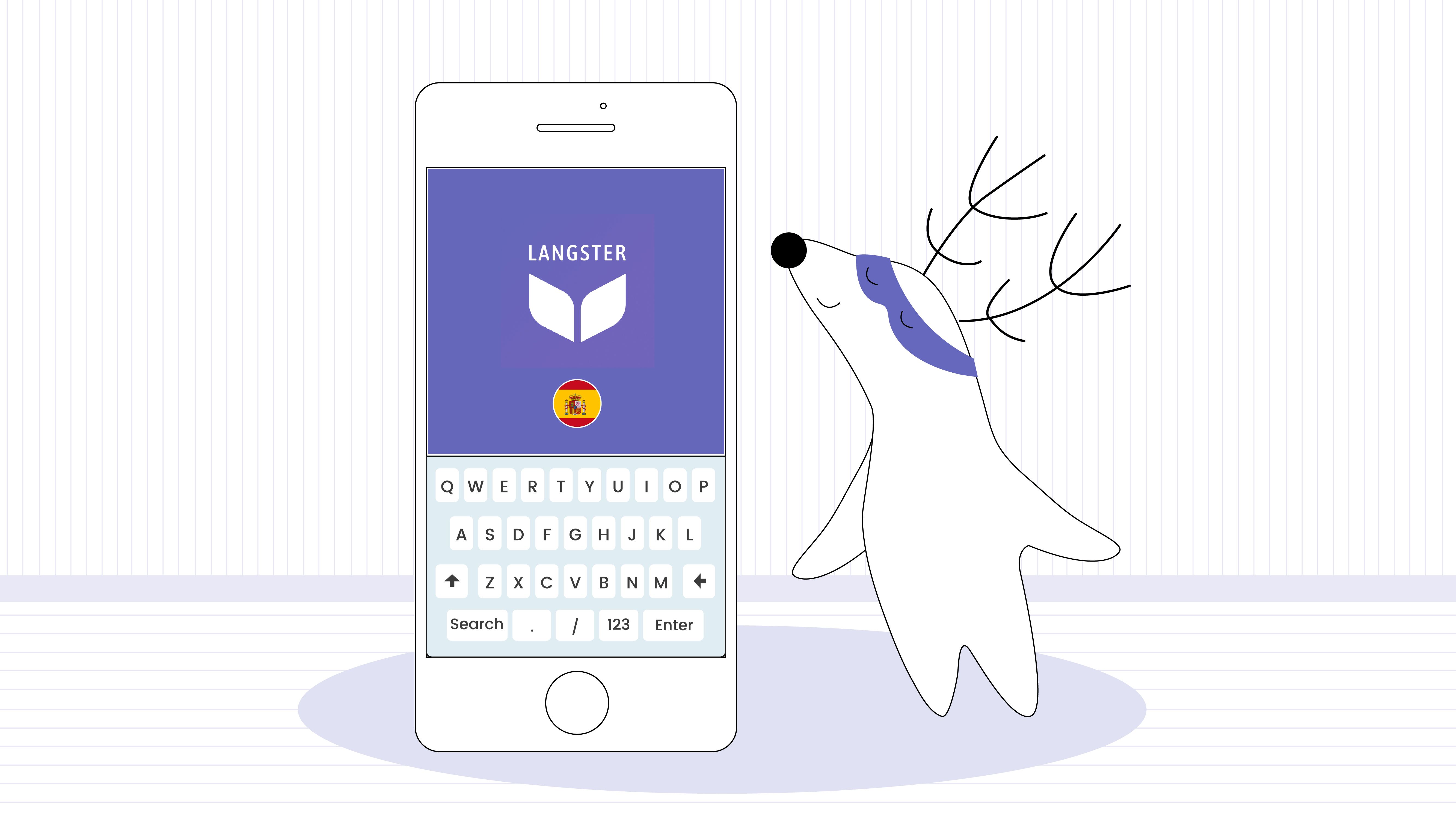
Learning a new language can feel like a daunting task, especially when you have to remember a lot of new words. But with Langster, it's as easy and enjoyable as listening to a story. Langster doesn't just teach you Spanish — it immerses you in the language, using real-life stories that are both engaging and relatable.
So, why wait? Start your Spanish learning journey today!
Learn Spanish with Langster







